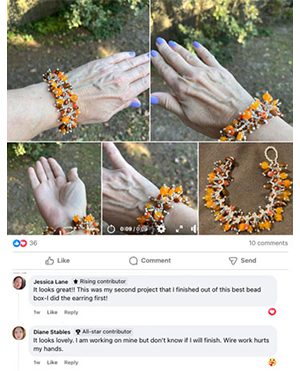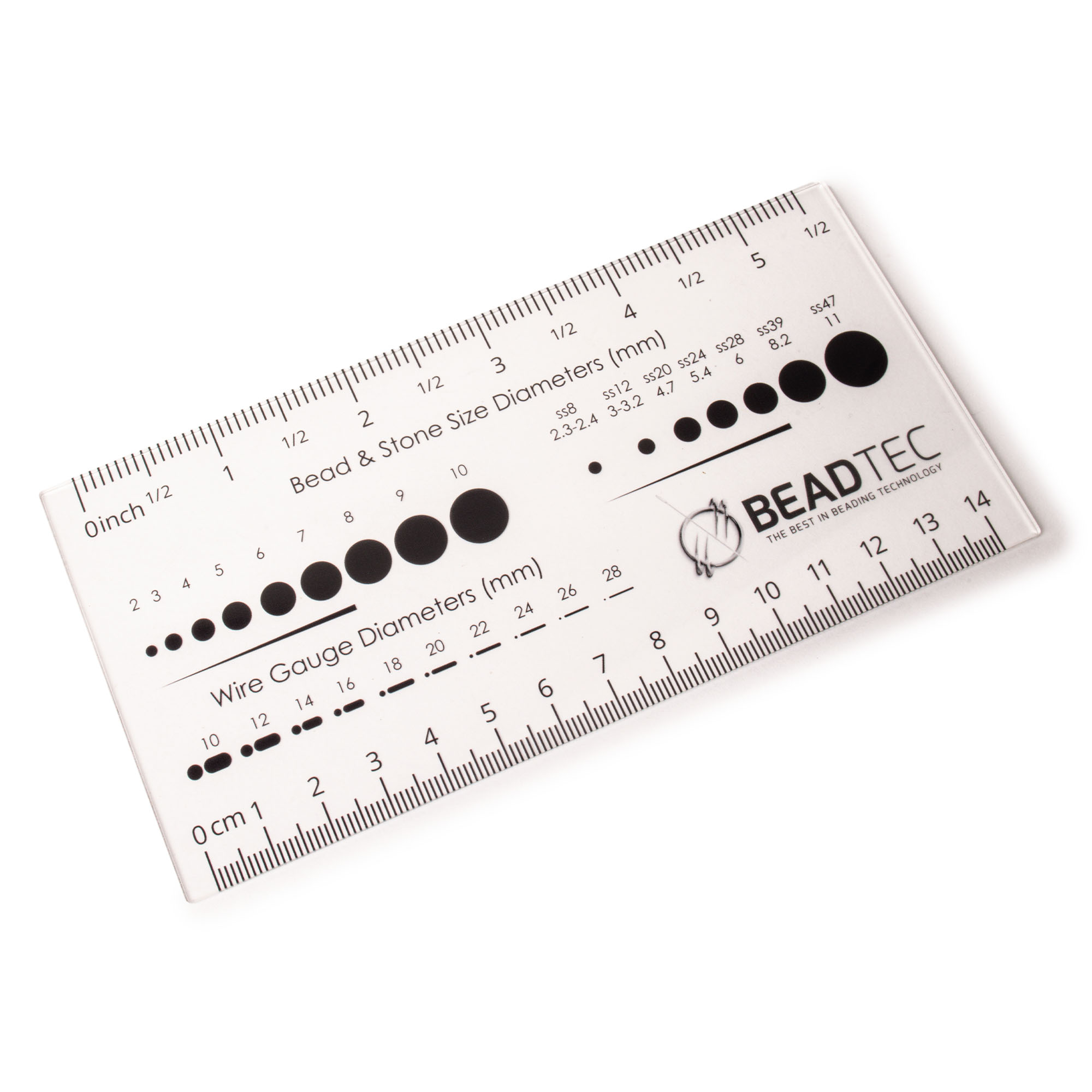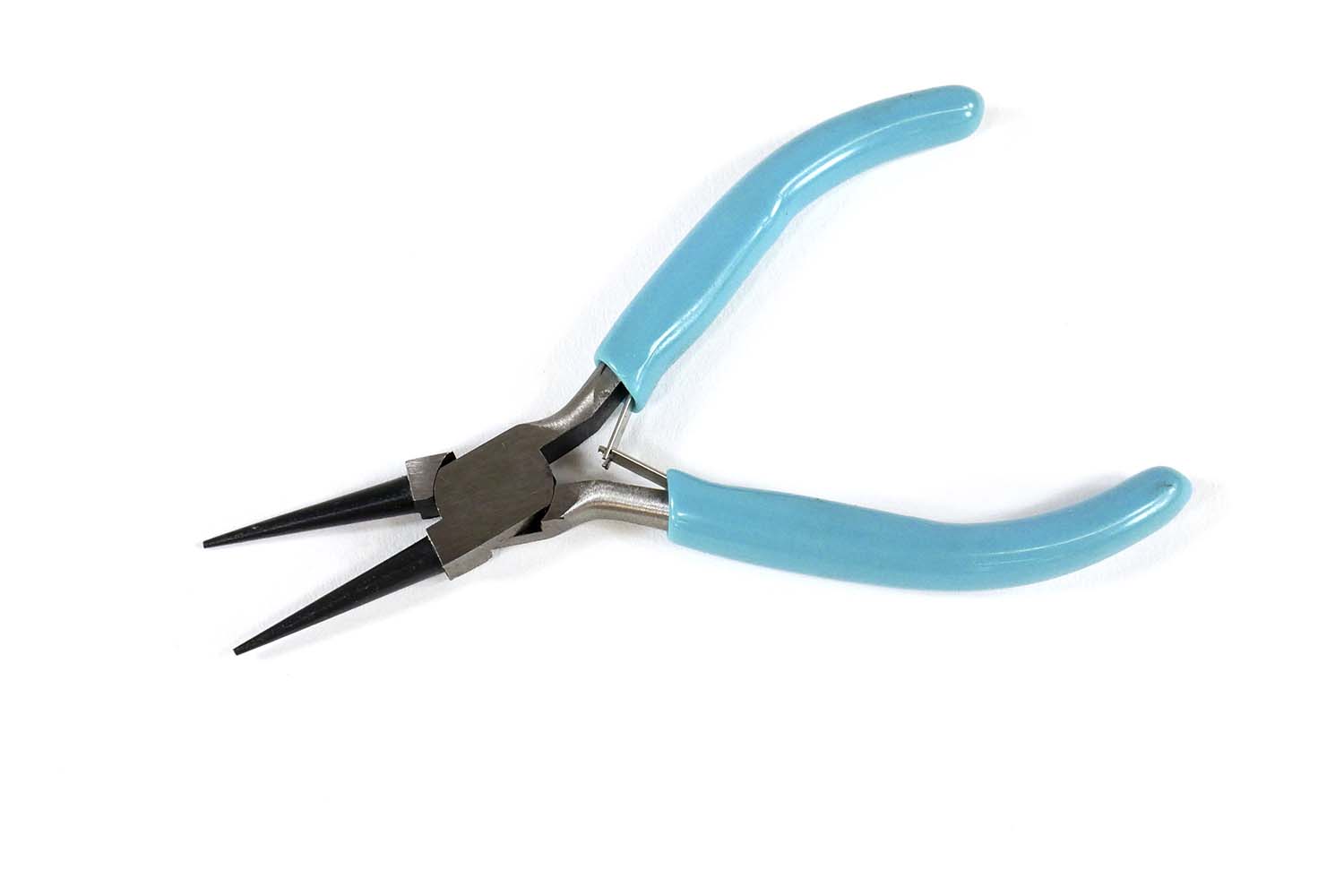- Jewelry-Making Supplies ▾
Design Jewelry with Confidence!
Seed Beads
Thread, Wire, & Stringing Materials
Athenacast Findings & Components
Everything Else
- Kits & Collections ▾
Assemble Your World
Kits & Collections
- Subscriptions ▾
Want monthly Beading Happiness?
Subscriptions
- Learn to Make ▾
Want to learn more?
- Discounts & Deals ▾
Explore Today's Promotions!
- Jewelry-Making Supplies
- Kits & Collections
- Subscriptions
- Learn to Make
- Discounts & Deals
-
Seed Beads
Thread, Wire, & Stringing Materials
Findings & Components
Everything Else
-
Kits & Collections
-
Subscriptions
- Home
- How to Make Jewelry
- Better Beader Episodes
- How Much Thread Do I Start with?
How Much Thread Do I Start with?

Watch the Video Tutorial
Watch the Video Tutorial
Need Any Extra Materials?
Need Any Extra Materials?
Need Any Extra Materials?
Need Any Extra Materials?
Episode Transcript
Episode Transcript
Introduction
In this Better Beader episode from Potomac Beads, Allie and Megan tackle a common question among beaders: "How much thread do I start with?" Whether you're a beginner or an experienced beader, determining the right amount of thread to use can be tricky. This article will provide you with helpful tips and guidelines based on the insights shared in the episode.
Factors to Consider
- The size and length of your project
- The type of beads you're using (e.g., seed beads, crystals, pearls)
- The beading technique you're employing
- Your personal preference and comfort level
General Guidelines
- For most projects, aim for a thread length of about an arm's span or a little longer.
- If you're working with larger beads or a more complex design, you may need a longer thread.
- For simpler projects or those using smaller beads, a shorter thread length may suffice.
- Consider the type of thread you're using. Some threads, like FireLine, are stronger and less likely to tangle, allowing for longer lengths.
Tips for Managing Thread Length
- Start with a manageable thread length and add more as needed, rather than starting with an excessively long piece.
- If your thread becomes too short to work with comfortably, end it and start a new thread.
- Use a thread conditioner or wax to help prevent tangling and knotting.
- Be mindful of the number of times you pass through each bead to avoid fraying or weakening the thread.
Customizing Thread Length
Ultimately, the perfect thread length will depend on your individual project and preferences. As you gain more experience with beading, you'll develop a better sense of how much thread works best for you. Don't be afraid to experiment and adjust your thread length as needed to find your ideal comfort zone.
Conclusion
By considering the factors mentioned in this Better Beader episode and following the general guidelines provided, you'll be well on your way to finding the perfect thread length for your beading projects. Remember, there's no one-size-fits-all answer, so trust your instincts and adapt as you go. Happy beading!
Join Our Growing Community
Join Our Growing Community




Our Testimonials
Our Testimonials
- 55883 (83.8%)
- 4801 (11.4%)
- 3287 (4.1%)
- 228 (0.4%)
- 124 (0.3%)
- Favorite Reviews
- Highest to Lowest
- Newest to Oldest
- All Ratings
- 5 ★ Reviews
- 4 ★ Reviews
- 3 ★ Reviews
- 2 ★ Reviews
- 1 ★ Reviews
Loading...
Only Visible on Admin Mode
Item Description
Designer's Material List
Project Steps
Preparing the Thread: Use a thread zap to cut the Wildfire thread from the spool, considering your project's requirements for thread length.
Thread Doubling Technique: For projects requiring more than 5 feet of thread, consider doubling the thread by attaching the needle to the middle of your thread length.
Managing Excess Thread: Use cardstock or business cards to wrap excess thread when working from the middle, securing with painters tape if necessary.
Concealing Knots: For projects where knots are difficult to conceal, start with longer threads to minimize the need for adding thread.
Using Leftover Thread: Save leftover threads that are at least 12 inches long for smaller projects or for adding clasps.
Highest Quality
Products
100% Money
Back Guarantee
Fast
Shipping
Best Teaching &
Customer Service
You'll want these emails...
Get Free Projects & Inspiration
Get Free Projects & Inspiration
- Bullet 1
- Bullet 2
- Bullet 3
Copyright © PotomacBeads









